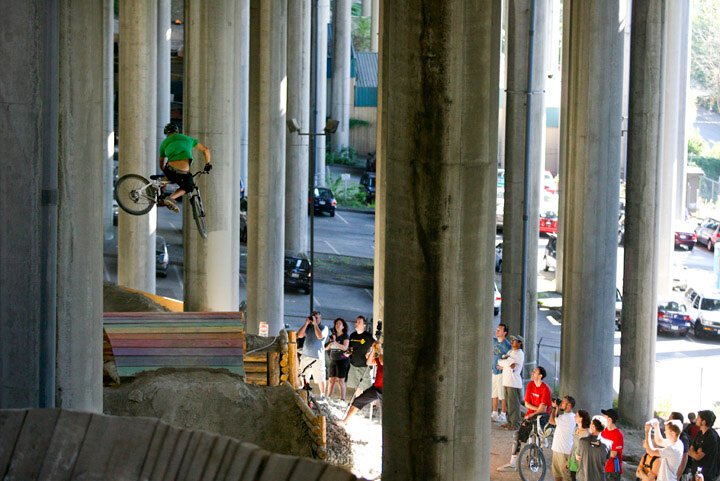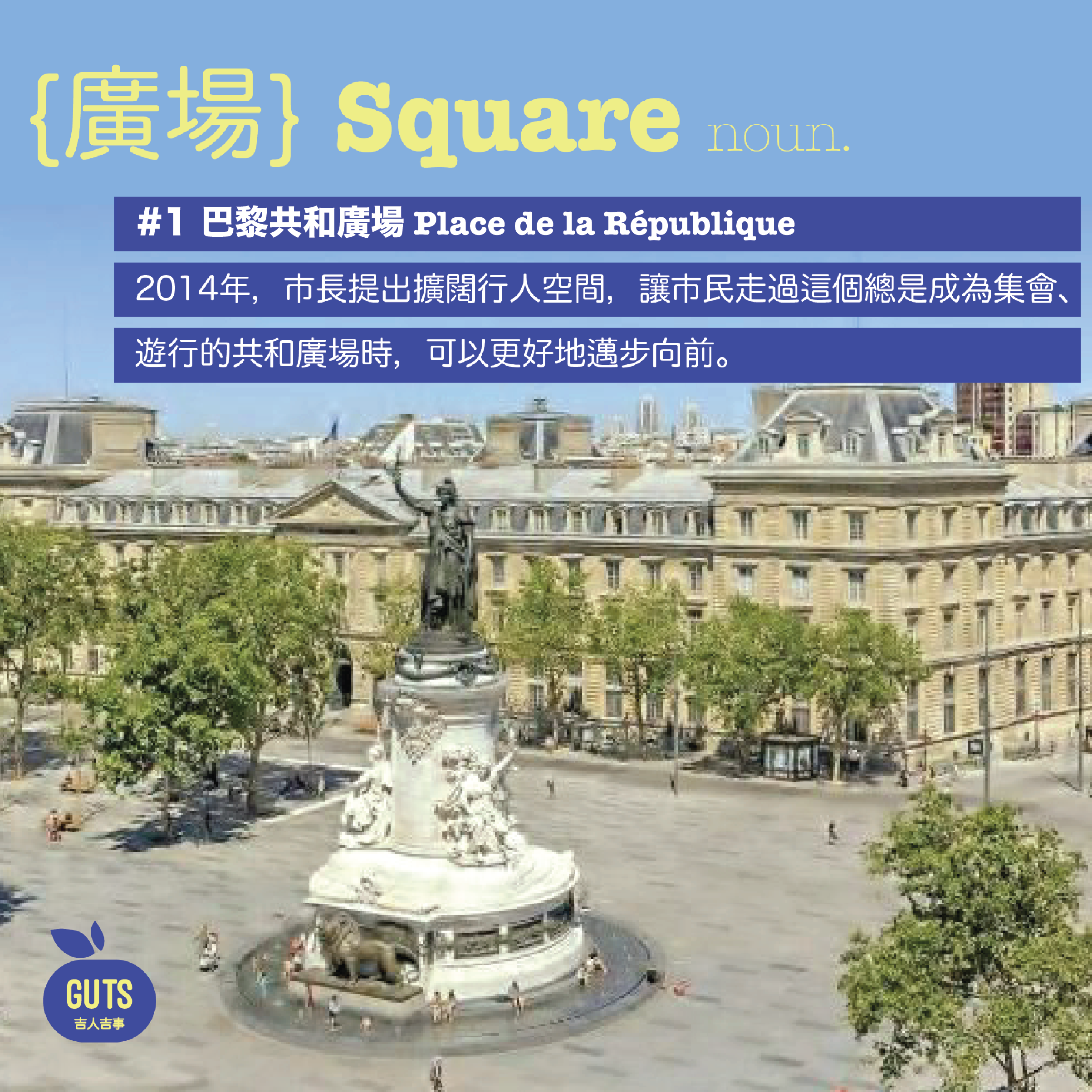歐洲吉事:百花齊放的巴士站設計|GUTS IN EUROPE: Dazzling bus stops from across the world
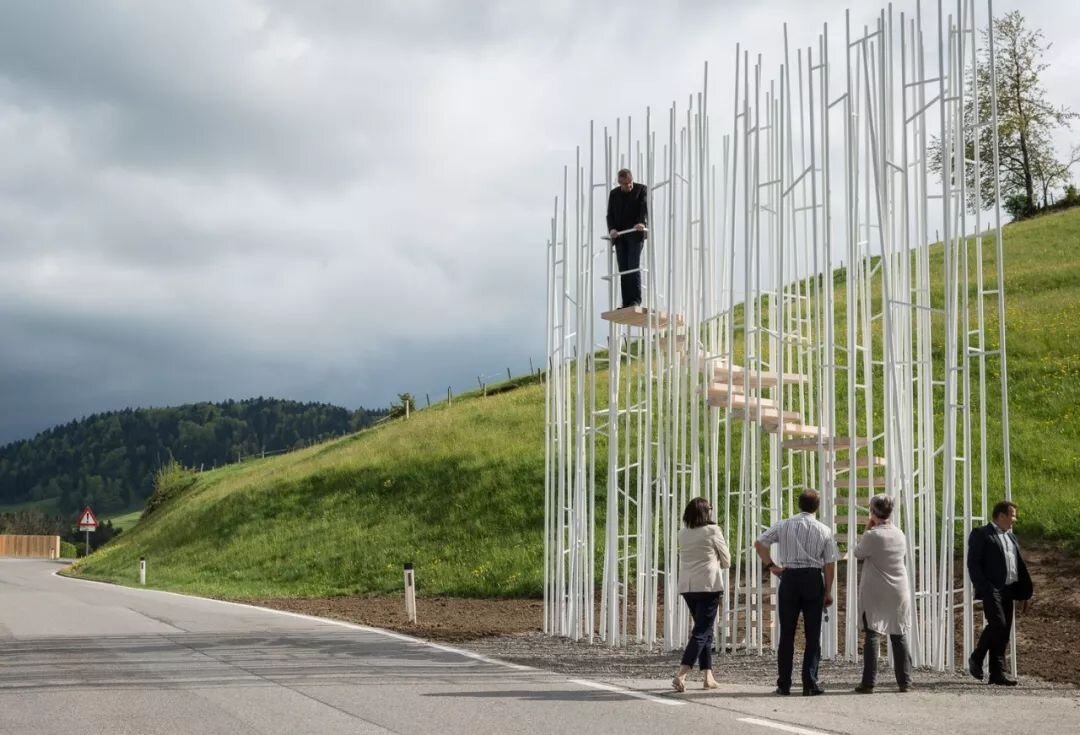
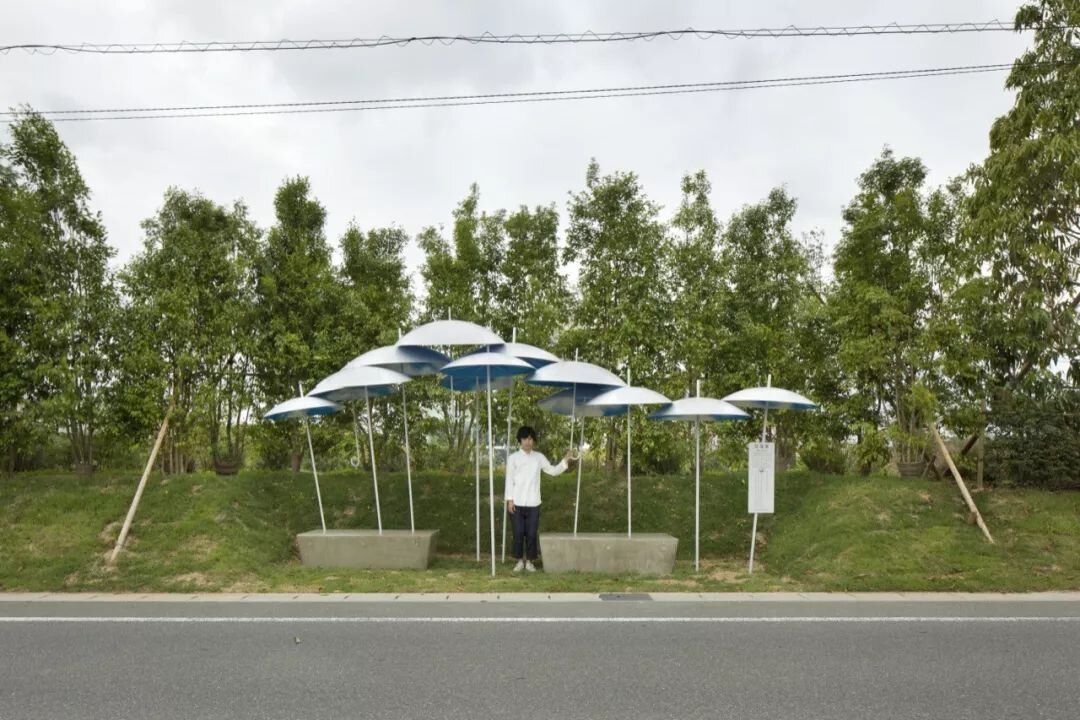
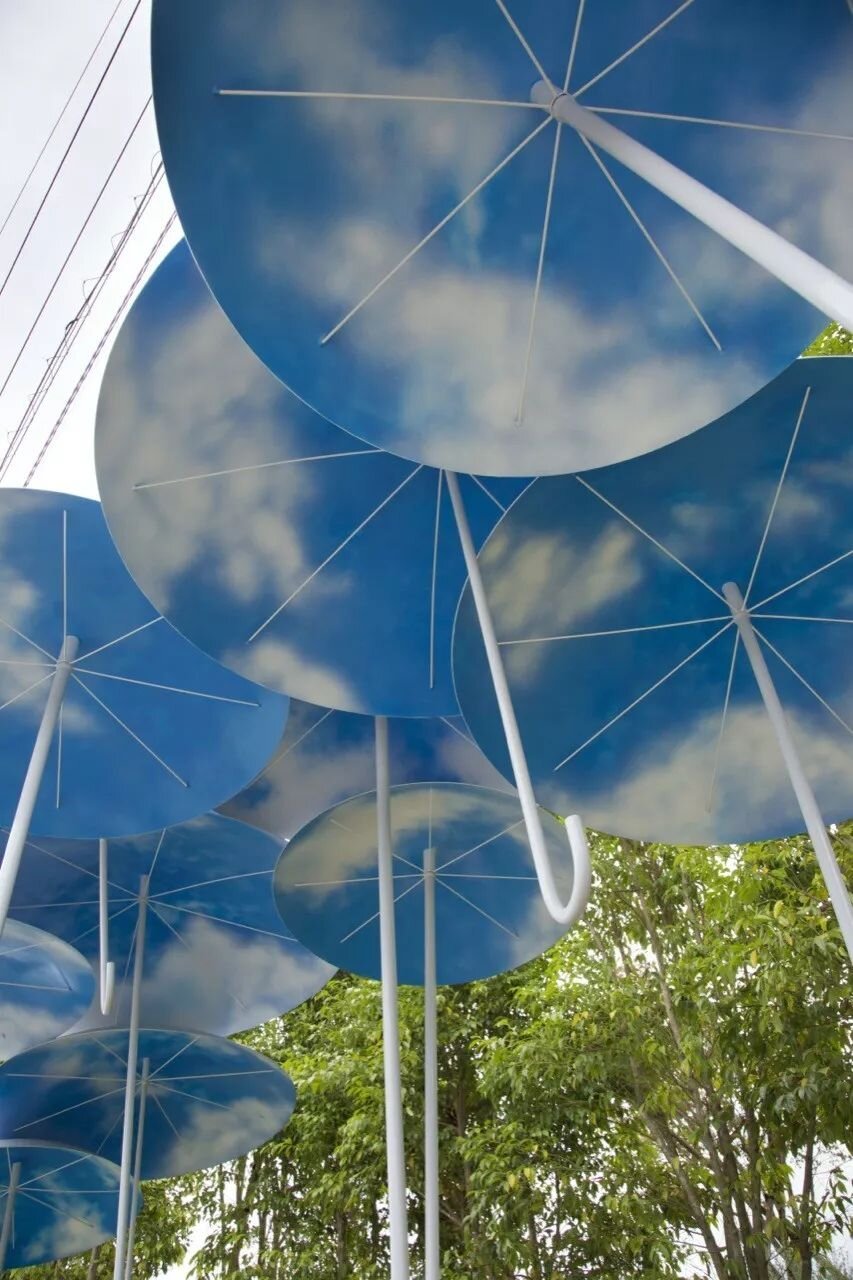
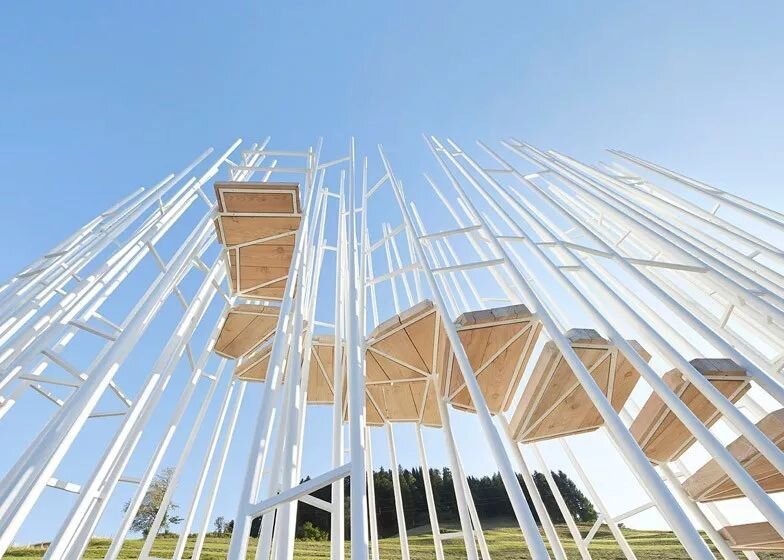
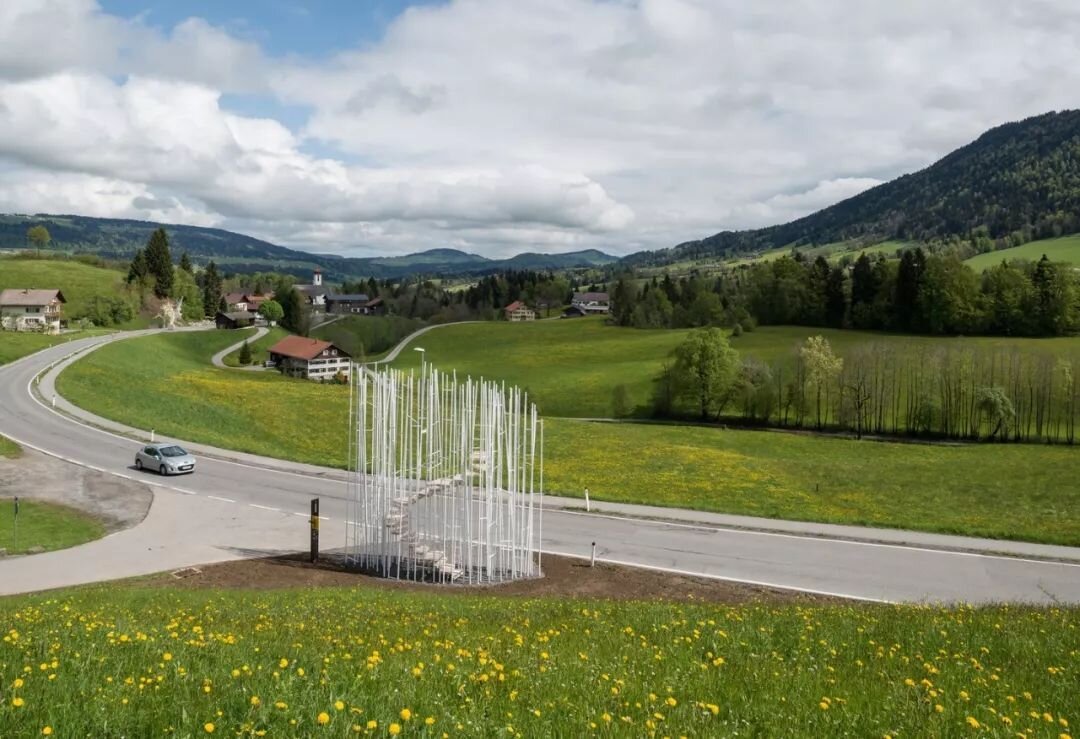
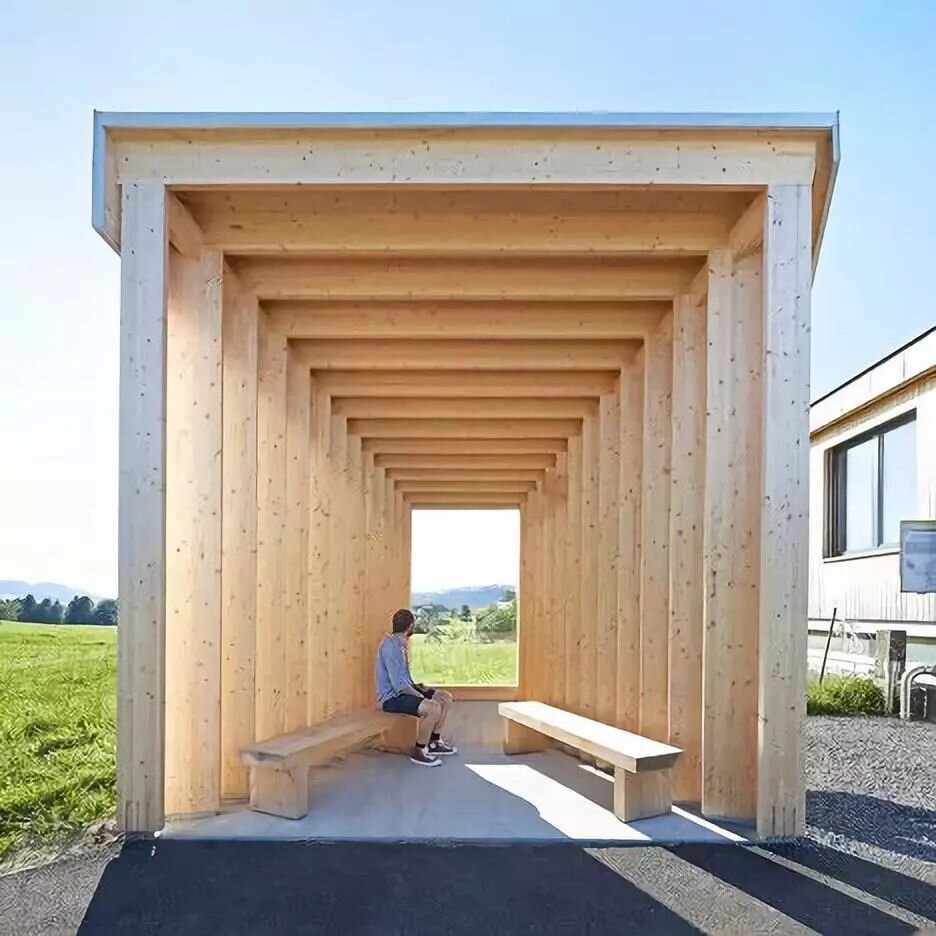
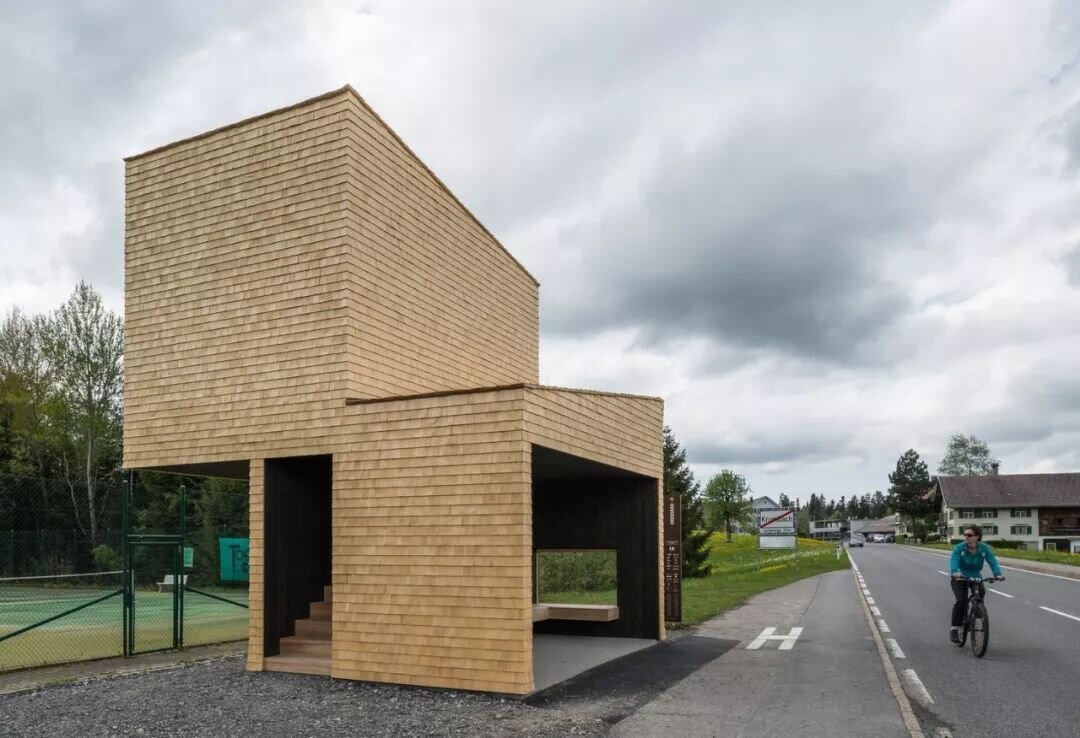

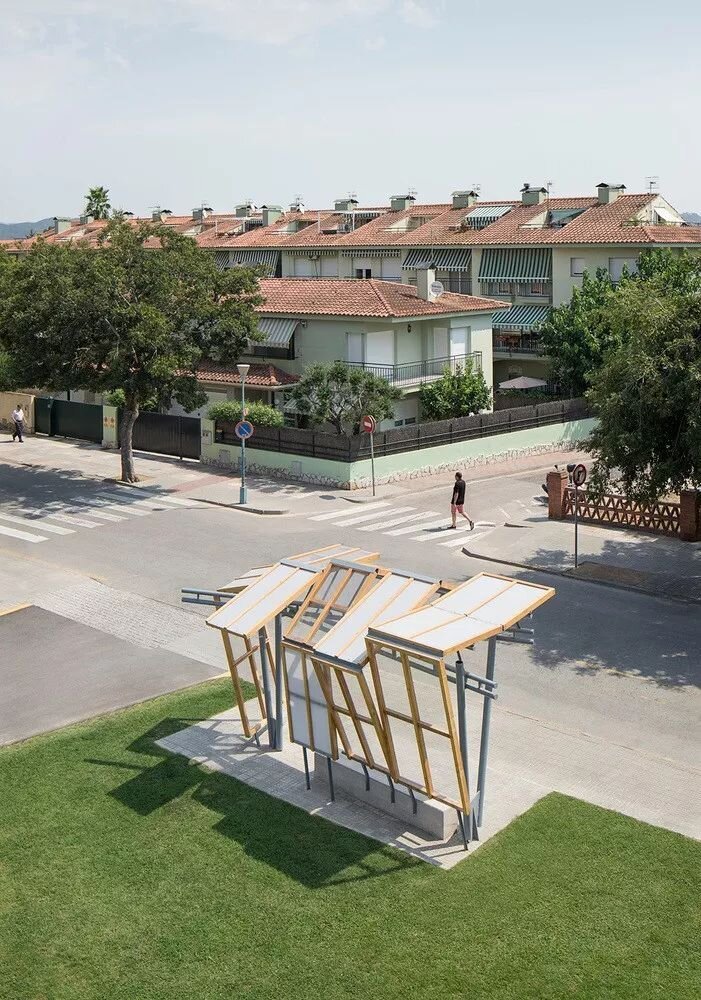

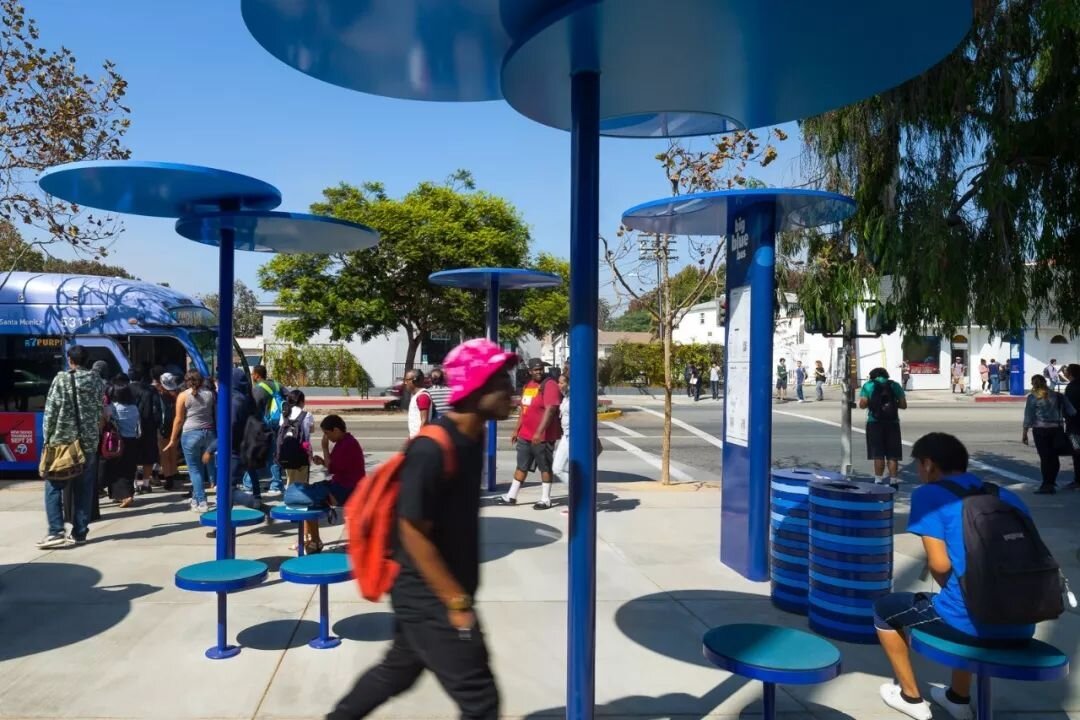

香港道路擠塞,早已成了常態,根據運輸署資料,私家車登記總數在過去短短10年,由2011年的41萬架大幅增長近6成至今年的65萬架,網上最近更出現不少「塞車災民」社交群組互吐苦水。事實上,21世紀全球城市正朝向複合交通模式服務(multimodal services)發展,以步行配搭其他大眾公共運輸工具可謂大勢所趨,因此改善乘坐公共交通的體驗,是未來城市發展的重要一環。
然而,香港街道狹窄,人們在成功登上巴士前,在巴士站候車已經令人疲憊。巴士站是現代城市公共設施中,再基礎不過的部分,但要改革又可以從何說起呢?這次我們帶來不少歐洲經驗,巴士站除了可讓候車的人更愉快,同時也能展現一個城巿容納不同設計的胸襟。
歐洲奧地利的克倫巴赫(Krumbach),是個身處鄉郊的旅遊小鎮,僅僅1000多名的居民。然而,當地在2013年卻邀請了來自智利、俄羅斯、中國、挪威、西班牙等地的7名建築師,為其設計了一系列風格別樹一幟的巴士站,再由本地的技工拼砌而成。發出邀請的文化協會更跳出固有的思維模式,不以金錢作報酬,而以於當地度假作回報——你以為小鎮這回報不吸引?事實卻是,短短四星期內,已吸引各地建築師出謀獻策。
來自日本的設計師,在他設計的巴士站中,豎起一根根又細又長的白色鋼條,仿如一個白色森林,更可在「森林」中走上雲梯,在高位欣賞克魯巴赫全景。一個巴士站,足以成為小鎮欣賞風景的地標建築。
把巴士站變成觀景點的想法,還有挪威的RintalaEggertsson 建築事務所設計的巴士站,以木質磚塊搭成、外形就似一個網球場的看台,充滿玩味。而中國建築師則設計了一個仿如單反摺疊相機的巴士站。兩邊對稱又一層層傾斜的屋檐,中間構造了鏡頭一樣的空間,把視線引領向遠處的風景。人在其中看風景,也成為一道風景。
不過,香港鬧巿高樓大廈林立,把巴士站設計成觀景台,站得多高也未必可看到遠景。那麼,把巴士站變成客廳又如何?智利建築師在克倫巴赫的巴士站,設計了一個玻璃小屋,屋內隨意擺放幾張木椅子,頂上加上一個木頭小鳥屋,像是一個客廳的延伸。
世界各地還有不少有趣的巴士站,例如在日本靜岡的鄉郊,有一個雨傘砌成上蓋的巴士站,溫馨得讓人想起龍貓巴士站;類似雨傘的設計,還有洛杉機聖莫尼卡,一個個藍色遮陽板設計靈活多變,相當配合當地有名的陽光海灘。想時尚一點,則可以看看巴塞隆那,以木窗框及鋼架砌成的巴士站,這種輕巧透光、體積不大的巴士站,香港大可試試。
香港巴士站設計向來着重實用性,多年來,設計改動都主要是巴士站上蓋物料的變化。近年巴士站開始變得貼心,增添座椅、巴士到站顯示屏。看了這麼多外國有趣的巴士站,有沒有令你對本來沉悶的巴士站有更多想像?
相片來源:網上圖片
地點 : 奧地利、挪威、日本、洛杉機、巴塞隆那
Traffic jams have always been an everyday norm on Hong Kong’s roads. However, as revealed by the Transport Department, private cars rose by 60% in a decade, rising from 410,000 in 2011 to 650,000 this year. Such jam-packed roads resulted in the ire much vented in ‘traffic jam victim’ groups on social media.
As the 21st-century cities evolve towards multi-modal services, walking and other public transport modes combined are taking the lead, making it essential for future cities to improve public transport experience.
Waiting for the bus on the narrow streets of Hong Kong is enough to exhaust a passenger even before he or she successfully gets on the bus. Bus stops are an integral part of urban public infrastructure, but where should a reform begin? Here are some bus stops in Europe that delight awaiting passengers and mirror a city’s openness in design.
Home to slightly over 1,000 residents, Austrian market town Krumbach invited seven architects from Chile, Russia, China, Norway and Spain, to design a series of iconic bus stops, which were to be crafted by local artisans. The organising cultural council jumped out of the box and bartered a local vacation for the designs. Though without the lustre of monetary reward, the offer still attracted proposals from all around the world in just four weeks.
A Japanese designer proposed a bus top that also stood as a landmark, comprising thin and winding white metal rods that entwined into a ‘white forest’. Amid the forest was a stairway that promised a panoramic view of the city. Also turning a bus stop into a sightseeing spot was the wooden, tennis spectator deck-resembling design envisioned by Norway’s RintalaEggertsson. The Chinese architect’s proposal resembled a folding camera, with both sides covered by layers of inclined eaves and a lens-like centrepiece focusing on distant views.
Such an observation deck may not work in the skyscraper city of Hong Kong. But can we transform a bus stop into a living room? A Chilean architect designed a glasshouse filled with several wooden chairs and a wooden birdhouse at the top.
There are also many exciting bus stops around the globe. For example, a bus stop in Shizuoka-ken, Japan, is topped with an umbrella that reminds one of the picturesque bus stops in Tonari no Totoro. Also resembling an umbrella, the design in Santa Monica features expandable shade canopies inspired by the local beaches. The Barcelona bus stop comprises a wooden window frame and metal rods for a compact and bright shelter – a design that may work in Hong Kong.
Practicality has always been central to the design of Hong Kong bus stops. Significant changes ever made over the years are mainly in the covering materials. In recent years, bus stops have become more thoughtful, with seats and bus arrival display boards installed. Does this ‘detour’ around bus stops around the world inspire your imagination about the lacklustre infrastructure?
Photo source: Internet
Location: Austria, Norway, Japan, Los Angeles, Barcelona
你可能對以下吉人吉事有興趣:
You may also be interested in these GUTS Stories:










